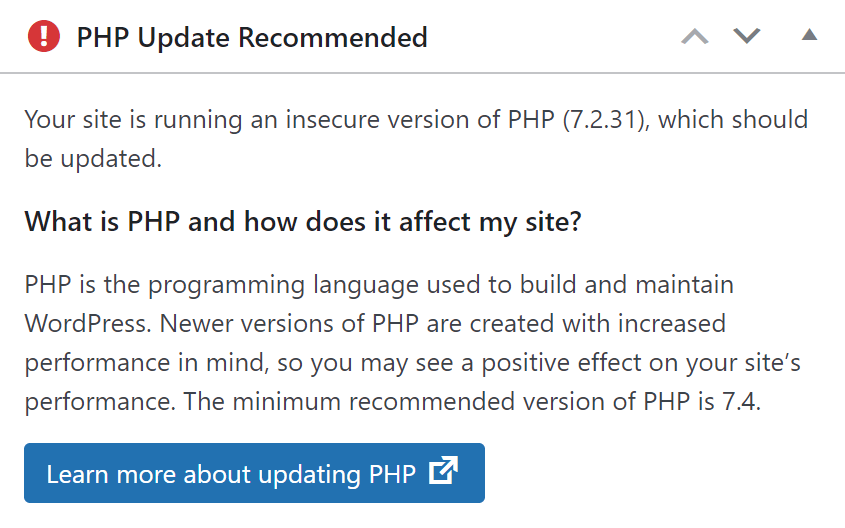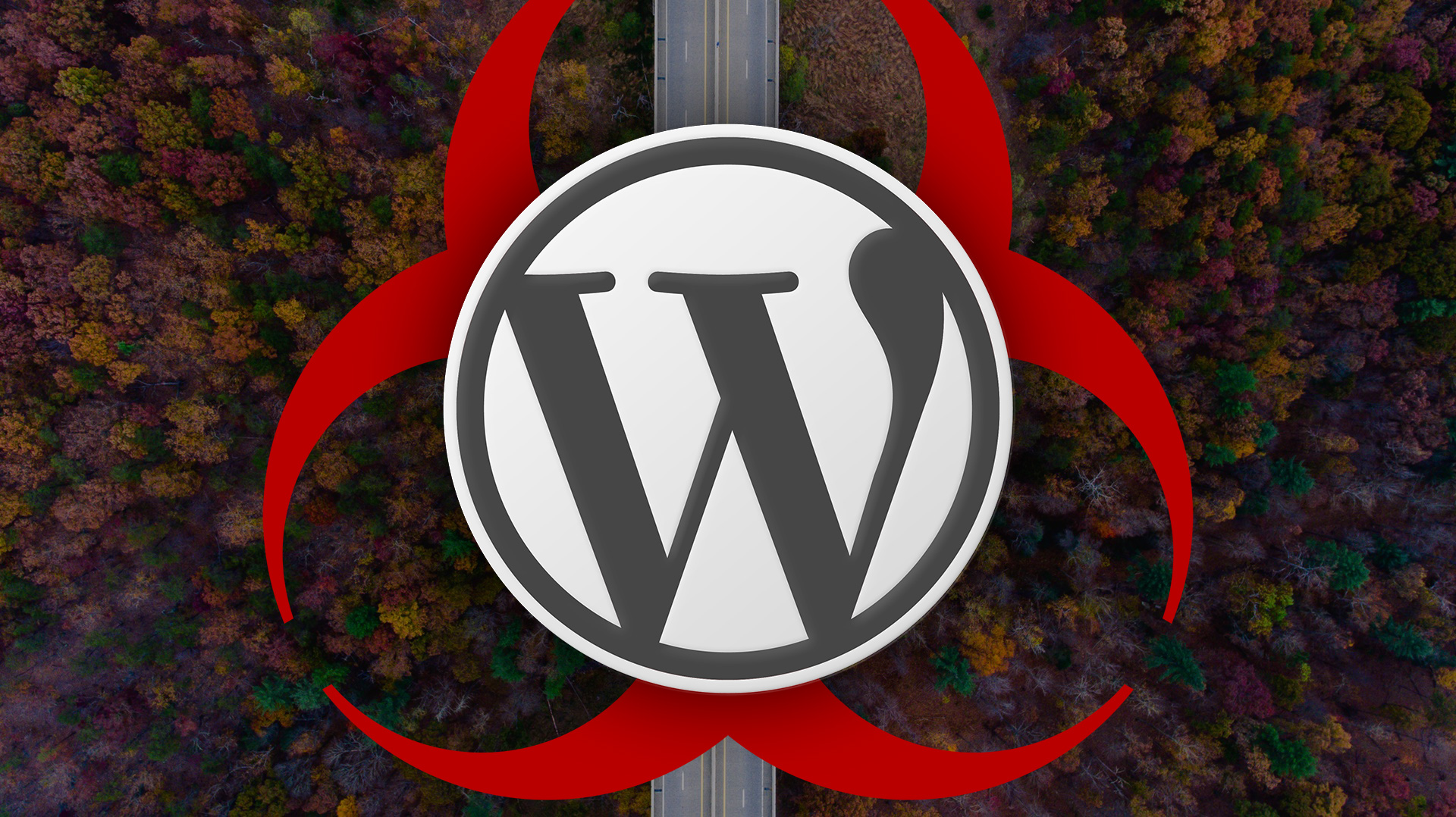It’s no secret that security is essential to any WordPress website. Knowing all you can about possible threats may help keep your site safe. Nevertheless, staying informed about how to fight back against emerging malicious technology such as ransomware can be difficult.
Fortunately, a small amount of information can go a long way. By familiarizing yourself with the basics of ransomware, you can understand the best ways to secure your site against these damaging programs.
In this article, we’ll introduce you to the basics of ransomware attacks. Then we’ll take you through three effective techniques for protecting your WordPress site from such threats. Let’s get started!
An Introduction to Ransomware Attacks
Ransomware attacks occur when a malicious actor gains access to your system. Once hackers have your files, they encrypt or otherwise prevent you from getting to them. The same applies to your database content – if hackers encrypt that, you’ll likely lose access to your site completely.
These criminals then demand a ransom payment before they’ll release your data. Additionally, they may threaten to destroy or release those files. This can pose a major problem if you have sensitive data. Unfortunately, such attacks are common: 78 percent of U.S. organizations fell victim to a ransomware attack in 2020.
Ransomware usually enters your site via known vulnerabilities in a third-party program, such as a theme or plugin. Alternatively, it may also infiltrate a system if a user clicks on a bad link from a phishing email, or gain access through weak or stolen login credentials.
With 41.5 percent of websites running on WordPress, it’s not surprising that hackers direct their efforts towards it. Some new theft technology, such as EV Ransomware, is even designed to target WordPress weaknesses specifically.
If your site gets attacked, the consequences can be serious. For one, you may lose user trust. Alternatively, any downtime resulting from a hack could diminish potential profits. Of course, there’s also the price of the ransom if you decide to pay it.
Moreover, a payment doesn’t ensure that you’ll regain access to your site. Hackers may accept your payment, and then delete the files anyway. As such, there’s no real way to ‘fix’ a ransomware attack. Once a cyber criminal has gained entry, your site is already in danger.
This is why avoiding these threats in the first place is your best option. While such attacks can be common, there are several steps you can take to protect your WordPress website.
How to Protect Your Site Against Ransomware Attacks (3 Techniques)
Ransomware attacks can be devastating. Below are three techniques to prevent them from happening in the first place.
1. Carefully Vet Your Third-Party Software
Bad files can enter your site if you click on malicious links in emails or comments. However, hackers can also use covert methods to make those files look like legitimate plugins or themes. As such, you may want to consider taking steps to fully analyze the programs you enable on your site.
One easy way to do this is to avoid pirate sites at all costs. Pirate sites are pages that illegally publish versions of legitimate software. Most often, they are offered at a steeply discounted price or for free.
For some users, this may seem like a dream come true: premium features at no cost. However, these pages are also a breeding ground for malicious actors. It’s easy for a hacker to inject ransomware code into a theme or plugin, and then send it out as a free version.
Therefore, we recommend that you avoid this software altogether. A prominent sign of a pirated site is several spammy-looking links for a single program:

These complicated, hard-to-follow links are typically a sign that the software has been illegally provided. Another indicator of piracy is a shockingly low price tag. Hackers usually add these to make their ransomware more appealing.
To avoid this problem entirely, it’s smart to only get your plugins and themes from developer sites or the official WordPress directories. However, you may also want to carefully check the customer reviews in these places as well. While such sites usually vet submissions thoroughly, ransomware can still slip through the cracks.
Finally, consider making room in your budget for a quality, safe theme. If you factor in the cost of paying a malicious actor a ransom, ‘free’ programs are often more expensive than the legitimate versions.
2. Conduct Regular Site Maintenance
Running a website usually takes a lot of hands-on work to keep it safe. If you neglect basic tasks such as updates and backups, you could be making your site more vulnerable to a ransomware attack.
Let’s start with updates. Many developers spend time ensuring that their programs can stand up against hackers. When they find flaws, they release updates to fix them. That’s why it’s important to pay attention to what programs need updates.
This applies to plugins, themes, and even WordPress itself. This is such a vital task that it’s best to incorporate checking for updates into your regular schedule. Alternatively, you could also use the auto-update function to take care of most simple changes.
However, there are some important alterations that you’ll need to handle manually. For example, WordPress relies heavily on the coding language PHP. This may need to be directly updated from time to time, as you can see from this message in the WordPress dashboard:

Furthermore, you should also try to complete frequent site backups. If a ransomware attack ever succeeds, you may want the option to restore an old copy. A backup can also show you exactly what sensitive data the hacker is trying to charge you for.
Backups are a key part of overall site health, and performing them frequently is a simple way to protect your site.
3. Scan Your Site for Vulnerabilities
The unfortunate truth is that most technology is vulnerable to security flaws. Even if you vet your programs and keep everything updated, there’s still a chance that ransomware can enter your site.
That’s why we also recommend that you use a security scanner. By examining your site’s safety regularly, you can catch any malware that’s managed to get through your other defenses.
That’s why it’s smart to consider using our powerful site-scanning tool, WPSec:

We offer free scans for WordPress sites. To give it a try, head over to our home page and enter your URL in the text field. Then you can click on Start Scan to get a basic overview of any potential threats. If your site is safe, you’ll see a message like this:

However, keep in mind that this is only a partial scan. If you’d like more details on the state of your website, you can check out our premium version. We offer both free and paid options. Some of our powerful features include:
- More detailed reports delivered by our custom technology
- Quick, automatic scans to ensure that you never miss a threat
- The ability to monitor multiple sites from a single dashboard
If you want to fully prevent ransomware from taking hold of your site, you might consider conducting these scans regularly. This will also protect you from a variety of attacks that target WordPress sites specifically. Catching hackers early can save you a lot of time and grief.
Conclusion
Few people enjoy being locked out of their own sites. Ransomware that makes you pay for your data can be an even tougher challenge. Fortunately, you can prevent hackers from accessing your site by taking a few simple precautions.
In this article, we covered three powerful ways to secure your site against malicious ransomware:
- Carefully check any third-party software you enable to access your site.
- Stay on top of site maintenance such as updates and backups.
- Scan your site frequently for vulnerabilities with a tool such as WPSec.
Do you have any questions about how to protect your site against ransomware? Let us know in the comments section below!


Recent Comments